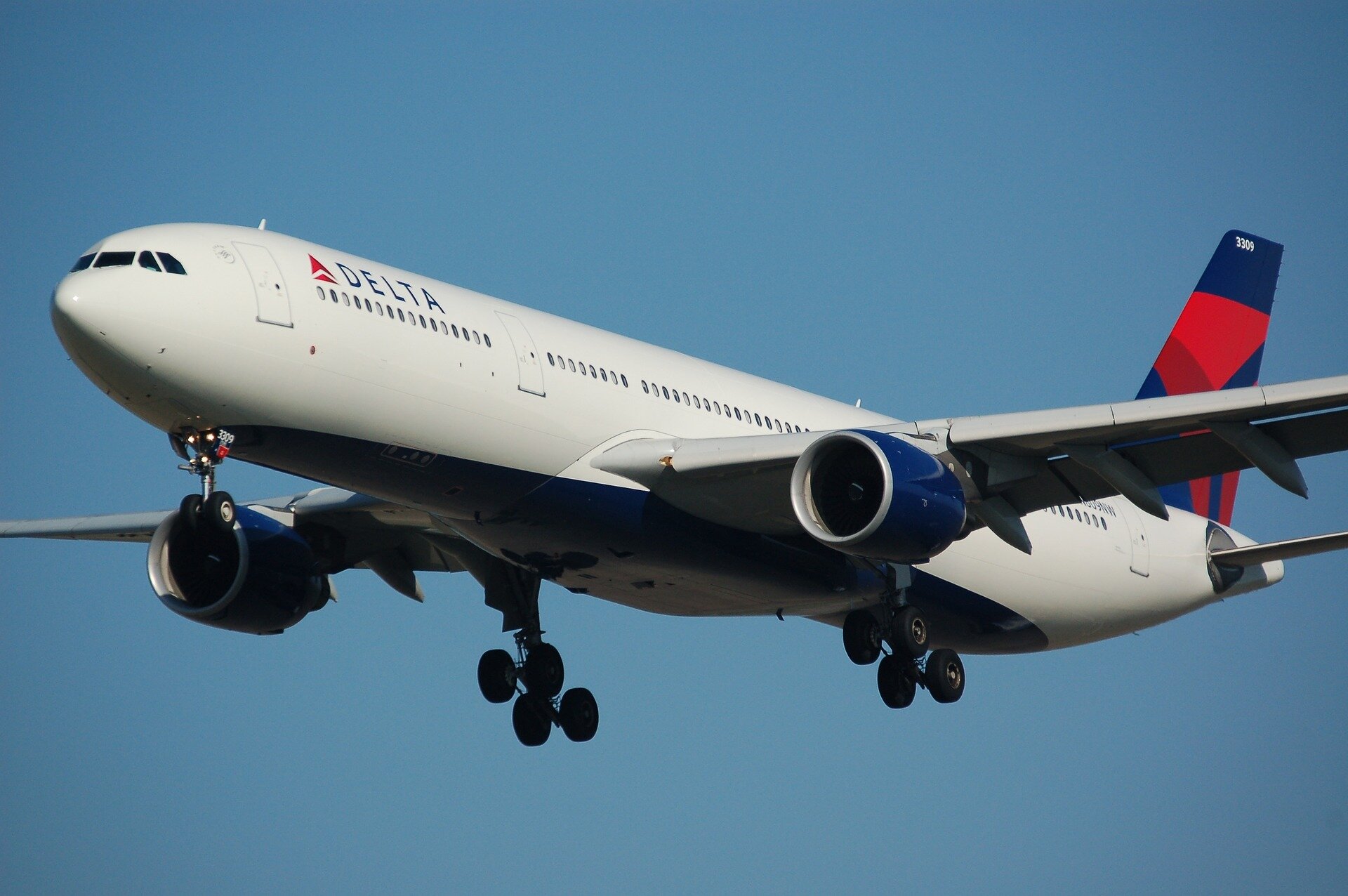Then why ask pilots to take unpaid leave? Couldn't the active flights just be redistributed amongst those crews? How big a percentage of planned flights are contingent upon newly-delivered aircraft?
Sorry, I'm an idiot when it comes to airline management- it's always baffled me how mercurial it is, especially when there is clearly a lot of demand. Help me make sense out of that.
Sky isn't falling. Like Zippy said, there are "reasons". Also, other airlines have been experimenting with reduced manning over the last couple months, in the form of voluntary leaves of absence. At my shop, it was due to reduced growth based on losing the MAX deliveries, combined with a little reduced demand in typically dry months (Jan-Apr). We aren't doing any paid LOA's in May, so I was a little surprised to see this with UAL, but their hiring has also been, IMO, unsustainable. In the sense that I envision no UAL where there are 30,000 pilots required on the seniority list in any year that isn't 2022. I wouldn't be super surprised if they realized they blew their load early, albeit a bit exacerbated by the slowdown of airframe deliveries.
To directly answer your question, realize that if there are too many pilots, you have too many mouths to feed, line holder or reserve alike. So there are basically two options. First being this, the offer of unpaid or paid (as was the case at my airline) 30 day leaves. Second being (as you suggest) reduced average line value. In that case, everyone takes a pay cut for that month, at least on paper at bid award time. Dangling a carrot for a few that might want/need a month off without sacrificing benefits is probably a smarter way of doing business than pissing everyone off and reducing ALV to 50 to 60 hours or something. We aren't salaried employees, so the credit hours matter. That is a really simplistic explanation, but perhaps addresses your question
Last edited:







 People are funny. But if stuff like this makes people excited to buy tickets and pay my paycheck, I’m all for it
People are funny. But if stuff like this makes people excited to buy tickets and pay my paycheck, I’m all for it